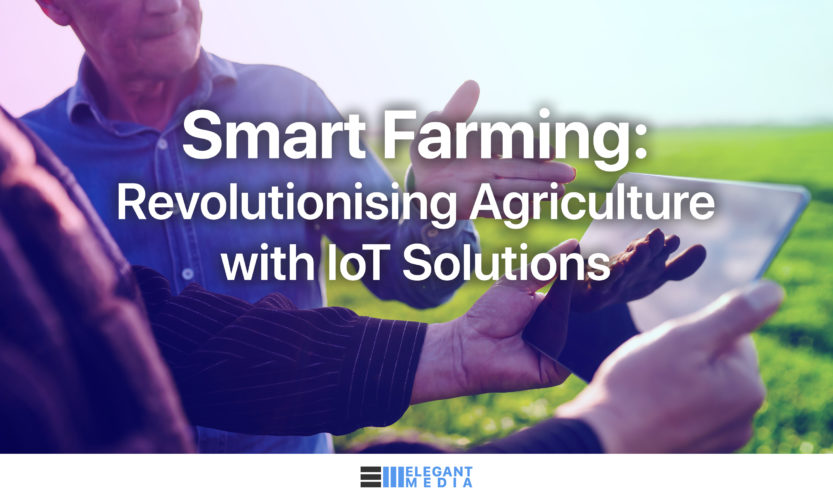In the face of global challenges such as water scarcity, climate change, and the increasing demand for food due to the growing global population, the agriculture industry is under immense pressure to enhance efficiency, sustainability, and productivity.
Fortunately, the advent of the Internet of Things (IoT) technology is providing innovative solutions to these challenges, particularly in the realm of irrigation monitoring, fertiliser application, and weather forecasting. This article delves into how IoT solutions are revolutionising agriculture, making farming smarter, more precise, and environmentally friendly.
IoT and Its Impact on Agriculture
IoT in agriculture, often referred to as smart farming, involves the use of connected devices and systems to monitor and manage different aspects of farming operations. By integrating sensors, connectivity, and data analytics, farmers can make informed decisions, thereby optimising resource use, improving crop yields, and reducing environmental impacts.
Water Level Monitoring and Irrigation Management
One of the most critical aspects of farming is irrigation management, especially in regions prone to water scarcity. IoT solutions for water level monitoring involve the use of soil moisture sensors distributed across the field to measure the moisture content of the soil in real time. These sensors are connected to a central system that analyses the data and automatically adjusts the irrigation system to deliver the optimal amount of water where and when it is needed.
This precision irrigation approach not only ensures that crops receive adequate water but also significantly reduces water wastage. Additionally, some IoT systems are equipped with weather prediction models, allowing for the anticipation of rain and adjusting irrigation accordingly, further conserving water resources.
Fertiliser Spraying Precision
Just as with irrigation, the precise application of fertilisers is vital for crop health and yield. Over or under-fertilisation can lead to poor crop performance, wasted resources, and environmental pollution. IoT solutions address this issue by using sensors to monitor soil conditions, such as pH levels and nutrient concentrations, and by deploying drones or automated vehicles for targeted fertiliser application.
These smart systems can calculate the exact amount of fertiliser needed for each part of the field and apply it at the optimal time, enhancing nutrient uptake by plants and minimizing runoff into nearby waterways. This not only boosts crop yield but also contributes to more sustainable farming practices.
Weather Monitoring and Forecasting
Weather plays a pivotal role in agriculture. Unpredictable weather events can wreak havoc on crops, leading to significant losses. IoT technology offers advanced weather stations that collect data on local weather conditions in real time, such as temperature, humidity, rainfall, and wind speed.
This localized weather data, combined with advanced predictive analytics, enables farmers to make timely decisions regarding planting, irrigation, and harvesting. For instance, if there’s an imminent risk of frost, farmers can take preventive measures to protect their crops. Similarly, knowing the likelihood of rain can help in scheduling irrigation more effectively.
The Future of Smart Farming
The integration of IoT solutions in agriculture is not just about adopting new technologies; it’s about transforming farming into a more precise, efficient, and sustainable Endeavor. As these technologies continue to evolve and become more accessible, the potential for innovation in agriculture is boundless.
Challenges remain, including the initial setup costs, the need for technical knowledge, and concerns about data security. However, the benefits of increased efficiency, reduced environmental impact, and higher yields are driving adoption forward.
In conclusion, IoT-based solutions for irrigation monitoring, fertiliser spraying, and weather forecasting are at the forefront of agricultural innovation. By leveraging these technologies, farmers are not only able to meet the increasing demands for food production but also contribute to the conservation of vital resources, paving the way for a more sustainable and food-secure future.






